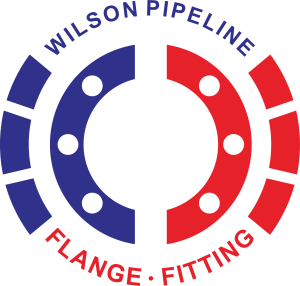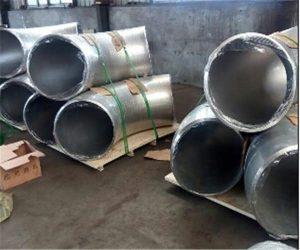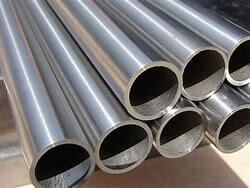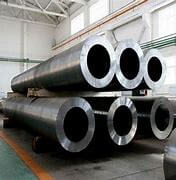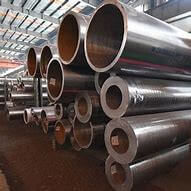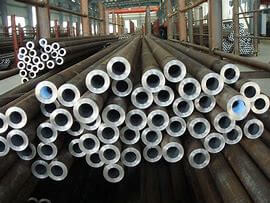Alloy steel fittings are commonly used in a variety of environments, including high-temperature and high-pressure applications. They offer superior strength, wear resistance, and corrosion resistance compared to other materials, making them a popular choice for many different industries.
Some common environments where alloy steel fittings are used include:
1. Oil and gas industry: Alloy steel fittings are commonly used in the oil and gas industry for high-temperature and high-pressure applications, such as in pipelines, refineries, and offshore platforms.
2. Chemical processing: Alloy steel fittings are used in chemical processing plants for applications such as reactors, distillation columns, and heat exchangers. They offer excellent corrosion resistance and can withstand exposure to corrosive chemicals.
3. Power generation: Alloy steel fittings are used in power generation plants for applications such as boilers, turbines, and nuclear power plants. They offer high-temperature strength and can withstand the harsh environments found in power generation facilities.
4. Mining: Alloy steel fittings are used in mining operations for applications such as crushing, grinding, and processing equipment. They offer excellent wear resistance and can withstand the abrasive environments found in mining operations.
5. Aerospace: Alloy steel fittings are used in the aerospace industry for applications such as airplane engines and landing gears. They offer high strength and can withstand the extreme conditions found in aerospace applications.
Overall, alloy steel fittings are a versatile material that can be used in a wide range of environments. It is important to select the appropriate alloy steel material and specification for a given application, taking into account factors such as temperature, pressure, corrosion resistance, and wear resistance. It is always important to consult with a materials expert or engineer to determine the most appropriate material specification for a given application.
There are several common alloy steel materials used in the oil and gas industry, each with its own specific properties and advantages. Some of the most commonly used alloy steel materials in the oil and gas industry include:
1. ASTM A335 P11: This is a low-alloy steel that is commonly used in high-temperature applications, such as in power plants and refineries. It offers good creep resistance and high-temperature strength.
2. ASTM A335 P22: This is a low-alloy steel that is commonly used in high-temperature and high-pressure applications, such as in steam pipelines and boilers. It offers excellent corrosion resistance and good mechanical properties.
3. ASTM A335 P91: This is a high-alloy steel that is commonly used in high-temperature applications, such as in power plants and refineries. It offers excellent creep strength and high-temperature resistance.
4. ASTM A694 F65: This is a high-strength, low-alloy steel that is commonly used in pipeline and pressure vessel applications. It offers good impact toughness and excellent weldability.
5. ASTM A707 L3: This is a low-alloy steel that is commonly used in high-pressure applications, such as in pipeline and valve components. It offers excellent strength and toughness.
6. ASTM A182 F22: This is a low-alloy steel that is commonly used in high-temperature and high-pressure applications, such as in petrochemical plants and refineries. It offers good mechanical properties and excellent corrosion resistance.
Overall, the selection of alloy steel material for specific applications in the oil and gas industry depends on factors such as temperature, pressure, corrosion resistance, and mechanical properties. It is always important to consult with a materials expert or engineer to determine the most appropriate material specification for a given application.
